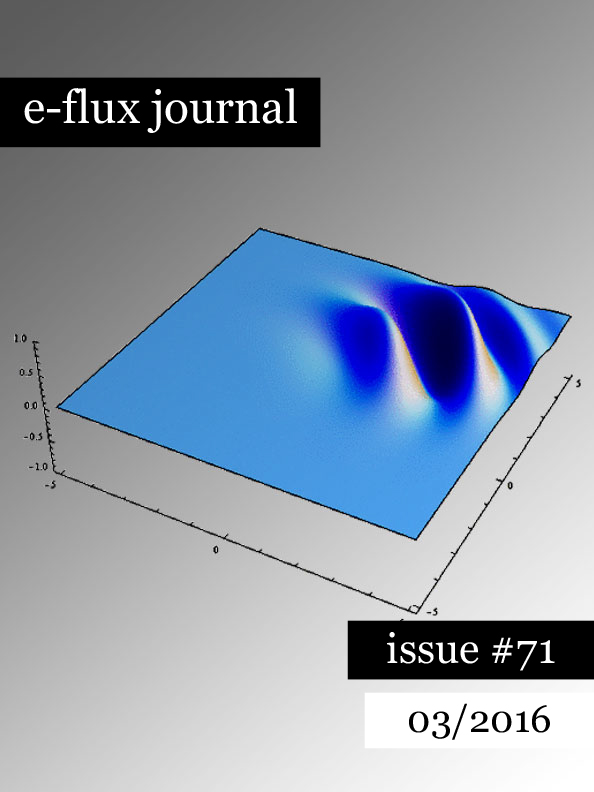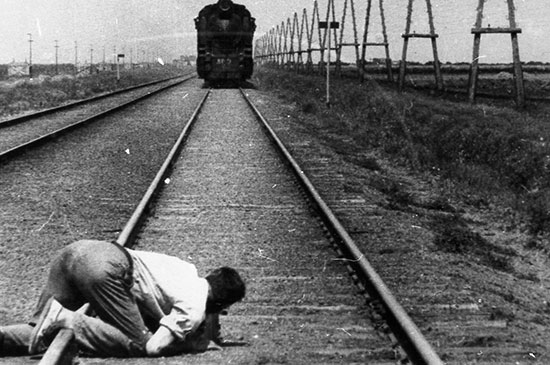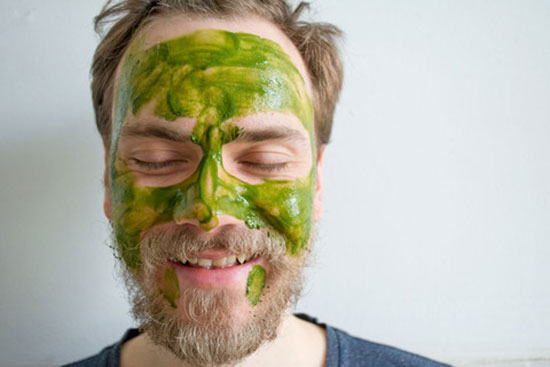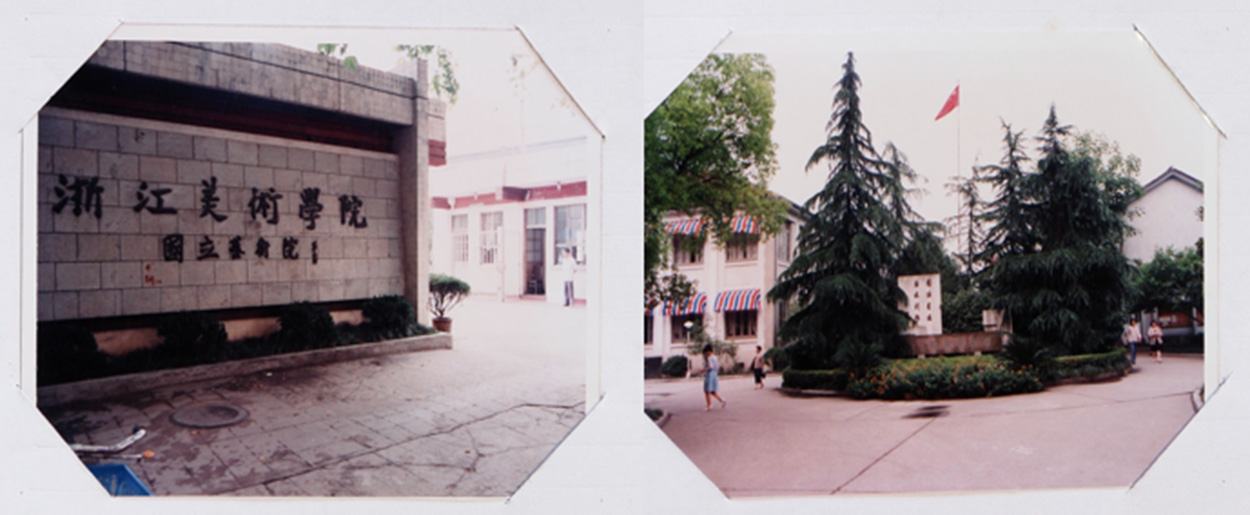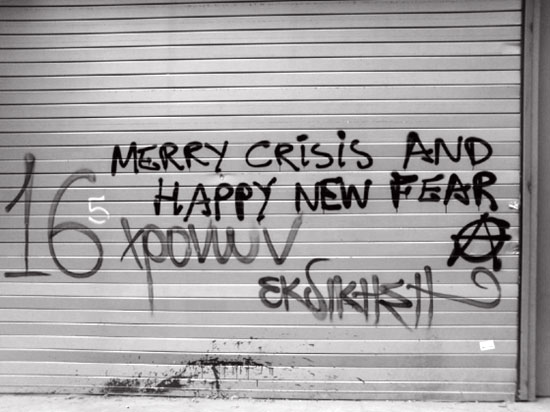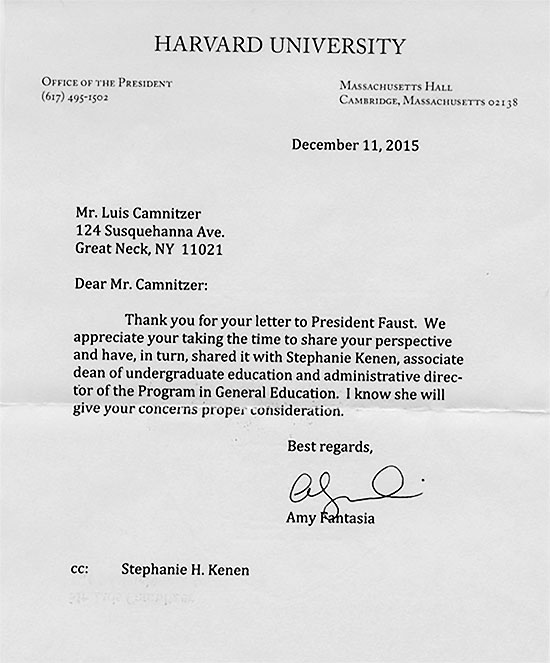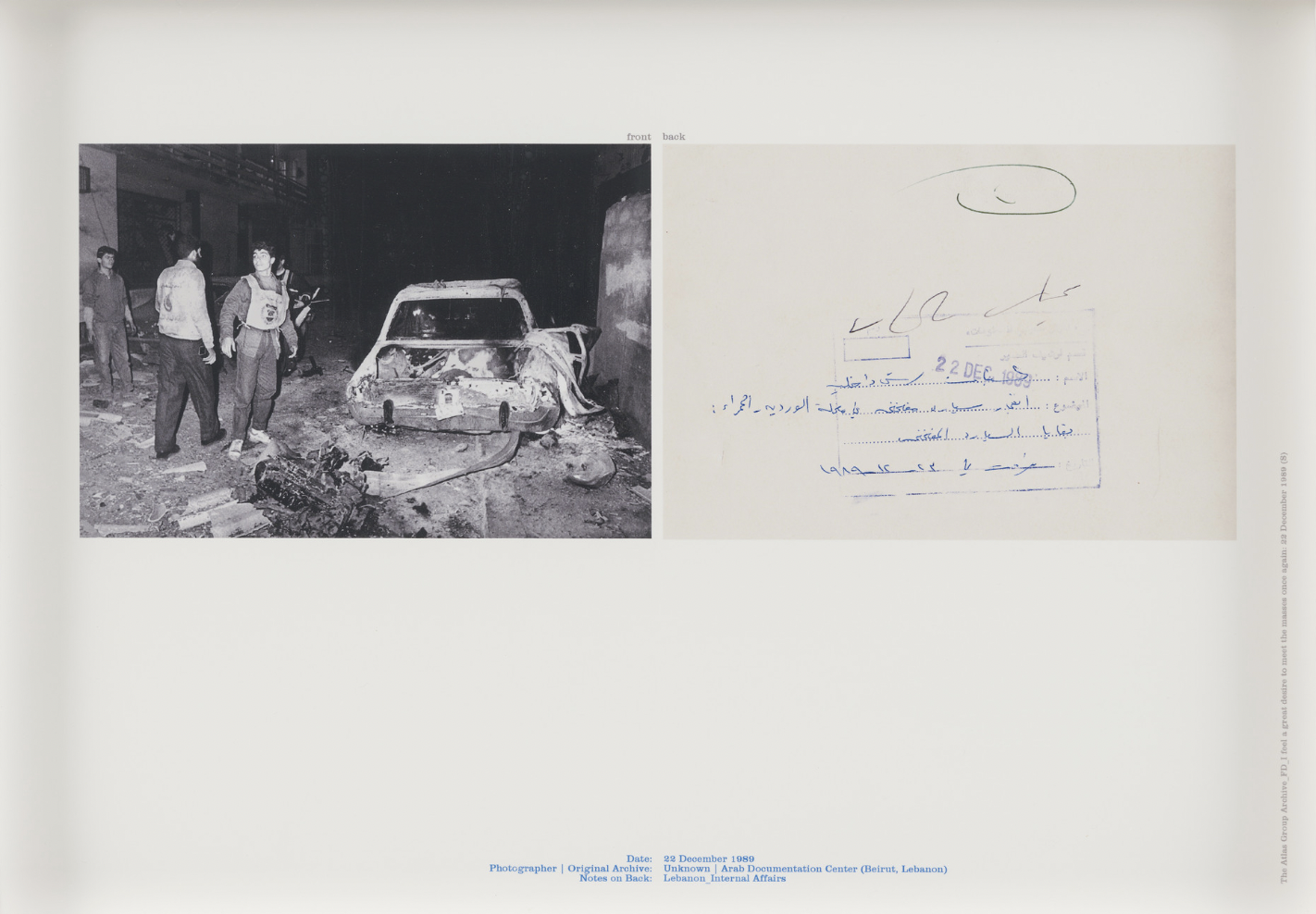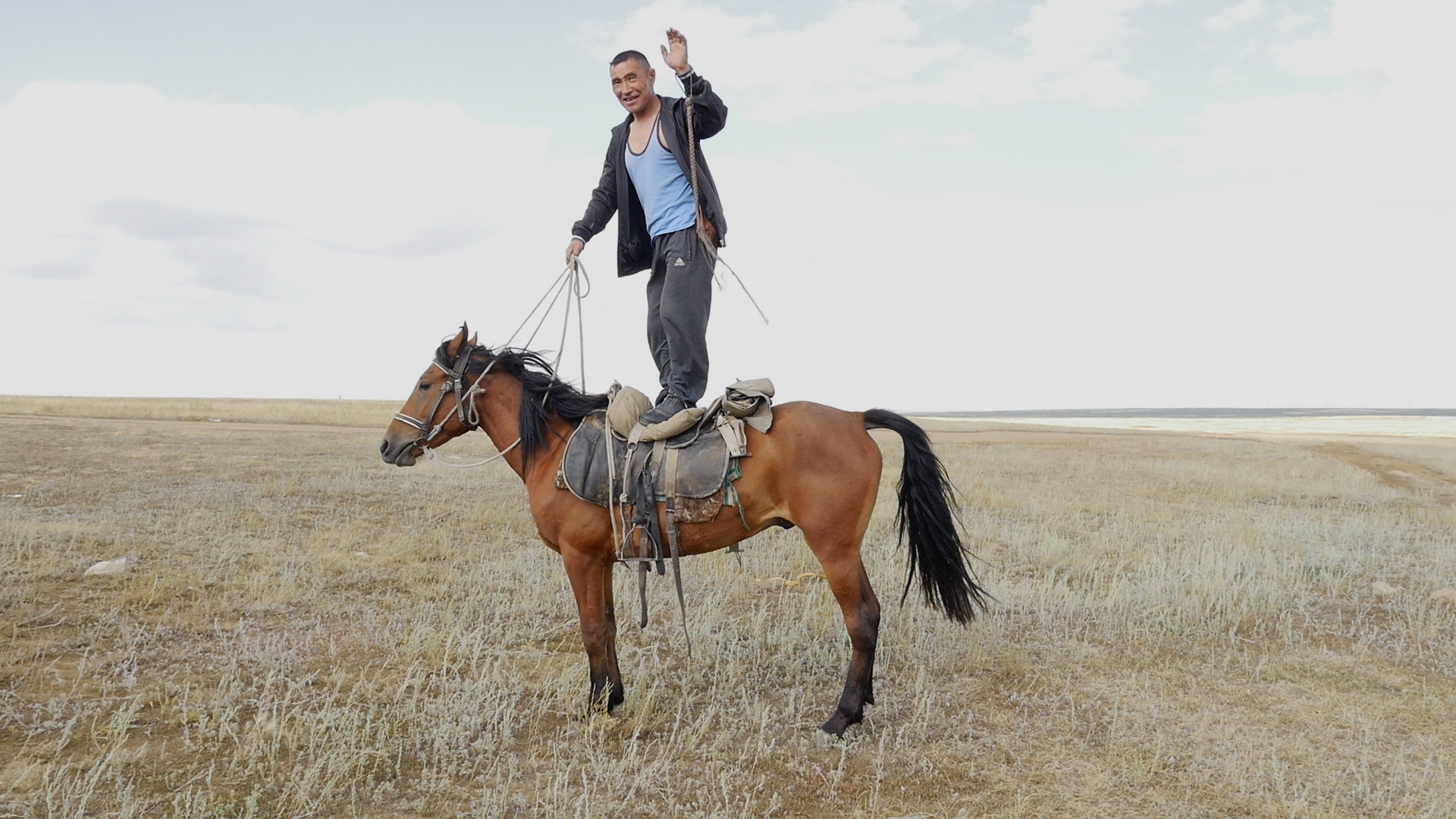The central question to be asked about art is this one: Is art capable of being a medium of truth? This question is central to the existence and survival of art because if art cannot be a medium of truth then art is only a matter of taste. One has to accept the truth even if one does not like it. But if art is only a matter of taste, then the art spectator becomes more important than the art producer. In this case art can be treated only sociologically or in terms of the art market—it has no ind...
Issue #71
March 2016
With: Boris Groys, Saisha Grayson, Stefan Heidenreich, Jane DeBevoise, Irmgard Emmelhainz, Luis Camnitzer, Alan Gilbert, Arseny Zhilyaev
The freeport method of art storage presents its critics with a problem. Is it something new? Or something old? What could be less surprising than an international aristocracy hiding treasures in a cave someplace? The CEO of the Geneva Freeport might have overcharged his Russian Oligarch, Dmitry Rybolovlev, by one billion dollars for thirty-five paintings, according to Sam Knight’s recent, riveting account. Rybolovlev had himself acquired a large slice of the collective ownership of the means of ...
View List
View Grid
9 EssaysMarch 2016
Saisha Grayson: Because we think of you all as co-curators of this exhibition, I wanted to start by talking about how the invitation to nominate a fellow artist struck you when we first presented that as part of the invitation to participate in an exhibition. It’s sort of an unusual model.1
MR: It threw me into an absolute panic. It took me ages to answer. There were so many aspects of art and activism to consider, not to mention the title of the show, which is “Agitprop!”
That’s a ver...
Works in Wooden Boxes
The Geneva Freeport can hold up to one million artworks. Recently its facilities had to be expanded due to increasing demand. The artworks end up in wooden transport boxes, stacked in rows on shelves in huge halls, where they sit and wait for their price to rise or fall, or to be shipped to an auction or to another freeport. The air temperature measures 21 degree Celsius, with exactly 55 percent humidity.1 These are considered ideal conditions for the survival of artwor...
For decades critics have written disapprovingly about the relationship between the market and art. In the 1970s proponents of institutional critique wrote in Artforum about the degrading effects of money on art, and in the 1980s Robert Hughes (author of Shock of the New and director of The Mona Lisa Curse) compared the deleterious effect of the market on art to that of strip-mining on nature.1 More recently, Hal Foster has disparaged the work of some of the markets hottest art stars—Takashi Mura...
Continued from “Geopolitics and Contemporary Art, Part I: From Representation’s Ruin to Salvaging the Real”
One of the consequences of globalization and the deterritorialization of financial capital has been that the decisions that affect world citizens are now made by representatives of a corporate oligarchy untethered from the direct interests of nation-states. Secret negotiations and treaties have taken the place of constitutions and other forms of social contract, becoming the dominant me...
In 1963, the Uruguayan writer and journalist Eduardo Galeano went to China to interview the last emperor, Pu Yi. He and I were both working for Marcha, a Uruguayan weekly, at the time. Upon his return he commented about finding centuries-old Ming cups treated as useless garbage because they were cracked and had lost their functionality. This wasn’t meant as a critical remark; Galeano was just surprised at how the parameters for what was considered valuable differed across cultures.
A decade o...
Continued from “Walid Raad’s Spectral Archive, Part I: Historiography as Process”
… we can no longer simply explain or simply cure.1
A city, perhaps like a person, remembers the most when confronted with its destruction. The aftereffects of trauma are a different story. They frequently give rise to individual and collective amnesias, along with the psychological symptoms that congeal when a traumatic experience is too painful for consciousness to address directly. In this sense, symptoms a...
Arseny Zhilyaev: Your recent films, which deal with the problematic of Russian cosmism, may come across as strange or even exotic. I know that your initial encounter with this topic was rather unusual. How did you start to work with this subject?
Anton Vidokle: About ten years ago Boris Groys told me about a very strange movement in Russia around the time of the Revolution. His description of it sounded so macabre and vampiric that I thought he had invented it. The story was too good to be re...
